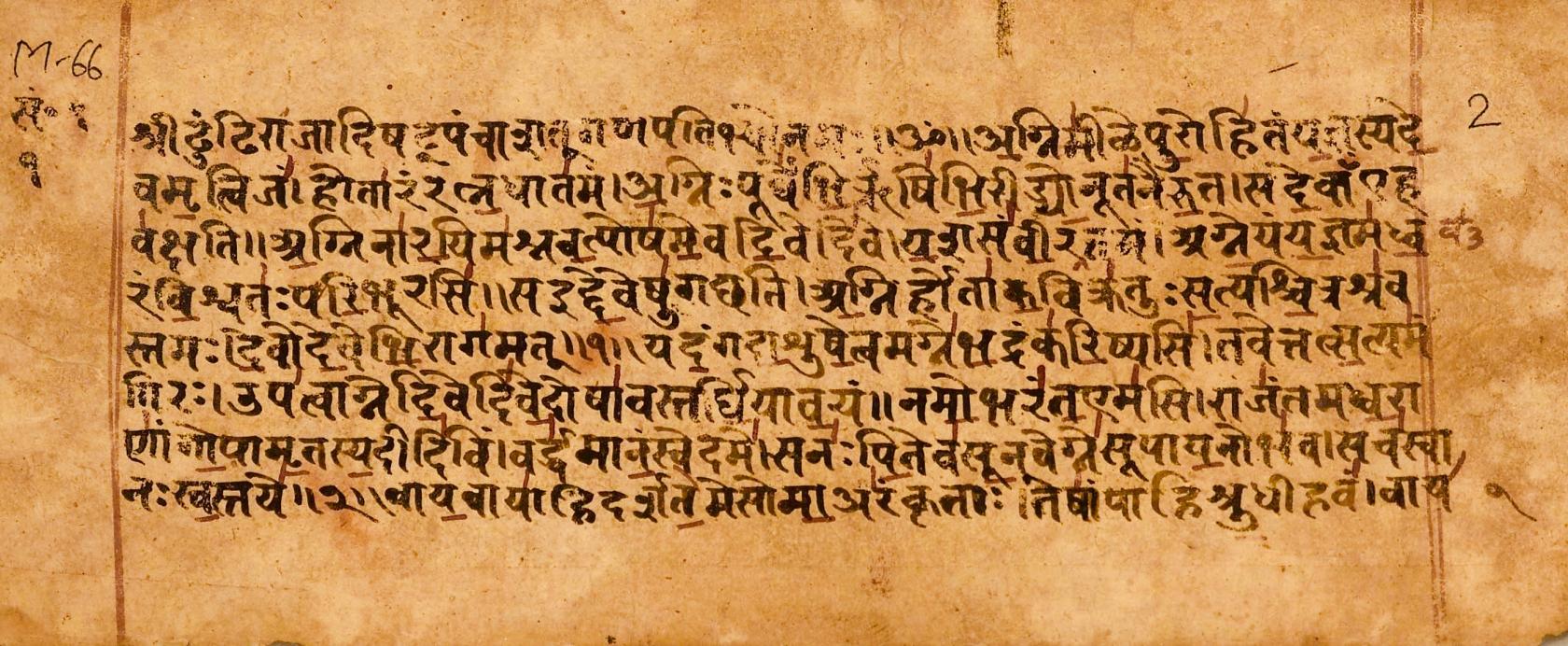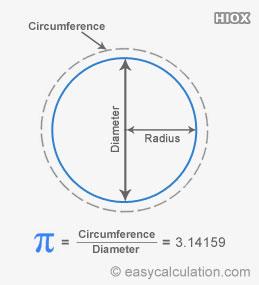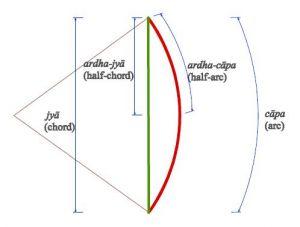Salient Aspects of IKS
Salient Features of Indian Knowledge Systems (IKS)

I. Oral Tradition and its Implications
- Primary Mode: IKS was primarily transmitted orally.
- Memory Requirement: All knowledge had to be committed to memory, serving as the "CPU" for information storage.
- Challenges: This puts a premium on conciseness and compactness in information.
-
Consequences:
- Knowledge is often expressed in verses (Shlokas), a compact form.
- Use of Sutras, mnemonics and simple mnemonics for easy memorization and recall.
- Unique Methods: Unique ways of representing numbers and complex information, such as with Shlokas and formulas.
II. Conciseness and Integrated Knowledge
- Limited Memory: The need for conciseness meant that all knowledge had to be integrated, not separated.
- Integration of Disciplines: No separate books for philosophy, religion, or mathematics; a single work can address multiple fields.
- Example: A single Shloka can contain philosophical, religious, and secular (practical) ideas.
III. Examples of IKS's Unique Characteristics
A. Calculating Pi (π)
- Shloka Method: The value of π is given through a Shloka describing relationships between circumference and diameter.
- Verse: "caturadhikam satamastagunam dvasastistatha sahasranam ayutadvayaviskambhasyasanno vrttaparinahah"
-
Calculation:
-
(100 + 4) * 8 = 832 -
62 * 1000 = 62000 -
(832 + 62000) / 20000 = 62832 / 20000 = 3.1416
-
B. Pingala's Chhandas Shastra (Prosody)
- Prosody Text: Pingala's work on meters and prosody, also contains an embedded way of generating binary code.
-
Laghu and Guru: Defined Laghu (short) and Guru (long) syllables, and through a complex mapping generated different meters.
- Replacing Laghu with 1 and Guru with 0 gives 8 unique binary words.
- Ganas: He grouped three syllables to create ganas, with 8 such groups.
- Mnemonic: A mnemonic yamata-raja-bhana-salagam was used to remember the 8 ganas.
C. Aryabhata's Sine Differences
- Shloka Encoding: A Shloka can be used to generate a table of Rsine differences, which was used in engineering calculations
- Aryabhattian Number Representation Uses the consonant-vowel mappings to represent number.
- Example the word "makhi" represents the number 225 and "bhaki" represents the number 224
- Concept This exemplifies how complex numbers are represented through a simple verse.
D. Madhavacarya's Calculation of Pi (π)
- Bhuta Sankhya: Uses common terms representing numbers (example, vibudha = 33, netra = 2) using Bhuta Sankhya (number system).
- Shloka: The Shloka "vibudha-netra-gaja-hutasana-triguna-veda-bha-varana-bahavah" defines the numerator and denominator for PI.
- High Precision: This yields a high precision value of pi, to 13-14 digits.
- Concept: Shows how complex calculations are stored through Shlokas and Bhuta Sankhya.
E. Multidimensional Nature - Bhagavad Gita
- Example: The Bhagavad Gita is used to show how multidimensional ideas are embedded in single verses (Shlokas)
-
Shloka: "yada yada hi dharmasya glanirbhavati bharata abhyutthanamadharmasya tadatmanam srjamyaham paritranaya sadhunam vinasaya ca duskrtam dharmasamsthapanarthaya sambhavami yuge yuge"
- Religious Meaning: The verse speaks about the concept of an avatara purusha when Dharma is in decline.
- Managerial Meaning: It represents the concept of a self-regulating system to restore equilibrium
- Economic Meaning: It represents the need for intervention in a system that is destabilised to restore equilibrium.
-
Shloka: "vasamsi jirnani yatha vihaya navani grhnati naroparani tatha sarirani vihaya jirnanianyani samyati navani dehi"
- Philosophical Meaning: Describes the concept of a soul changing bodies
- Innovation Meaning: It explains the need for discarding old ideas in favor of new ones for continued progress.
IV. IKS vs Modern Systems
- Contrast: IKS, rooted in oral tradition, differs significantly from modern systems that rely on written texts, tablets, and web pages.
- Deeper Exploration: This difference emphasizes the need to delve deeper to understand IKS.
V. Conclusion
- IKS has unique characteristics due to its oral tradition.
- Concise, integrated, and multi-dimensional nature of IKS requires a different approach to appreciation and understanding.




No Comments